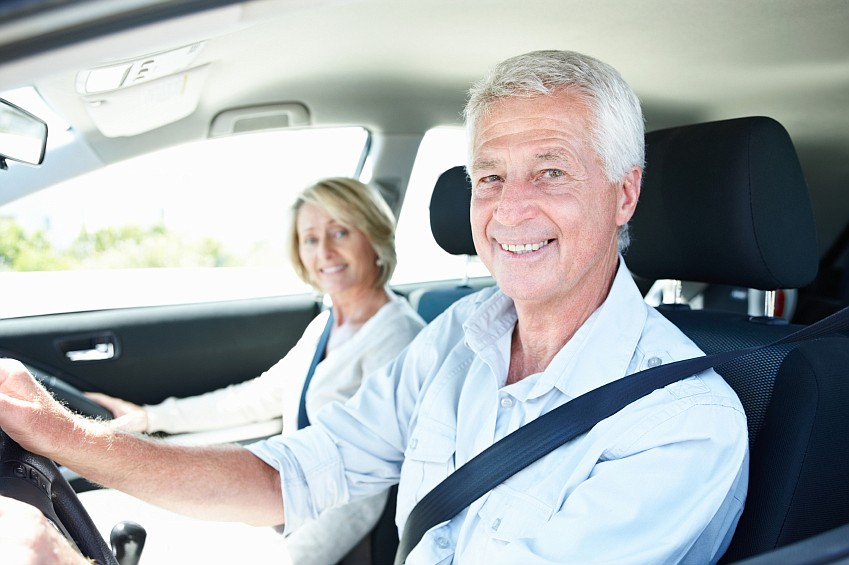Defeat drowsy driving dangers: Tips for staying awake at the wheel
January 30, 2015 at 2:18 p.m.
One in five fatal accidents in America involves a drowsy driver, according to a recent report from the AAA Foundation for Traffic Safety. Unfortunately, driving while fatigued is common in today’s business world. Yet the consequences of driving when you’re tired can be tragic.
“Drowsiness is similar to alcohol in how it compromises driving ability by reducing alertness and attentiveness, delaying reaction times, and hindering decision-making skills,” says Dr. Nathaniel Watson, president-elect of the American Academy of Sleep Medicine (AASM) and national spokesperson for the National Healthy Sleep Awareness Project, which is raising awareness of the dangers of driving while fatigued. “Drowsy driving is deadly, but it can be prevented.”
The Healthy Sleep Project has issued a Drowsy Driving Health Advisory, which urges every driver to take responsibility for staying “Awake at the Wheel.” Drivers should make it a daily priority to get sufficient sleep, refuse to drive when sleep-deprived, recognize the signs of drowsiness, and pull off the road to a safe location when sleepy.
“Rolling down the windows or turning up the music will do little to increase your alertness while driving,” Watson says. “You can drink coffee for a short-term energy boost, but if you catch yourself drifting into other lanes or nodding off, it’s absolutely time to pull over and take a nap.”
Getting seven to nine hours of nightly sleep is the best way to prevent drowsy driving, according to the Healthy Sleep Project. Drivers should also avoid driving late at night or alone, and they should share the driving with another passenger on long trips.
How do you know if you’re too sleepy to drive? If you experience any of these warning signs, you should pull over or have another passenger take the wheel:
You keep yawning or are unable to keep your eyes open.
You catch yourself “nodding off” and have trouble keeping your head up.
You can’t remember driving the last few miles.
You end up too close to cars in front of you.
You miss road signs or drive past your turn.
You drift into the other lane of traffic.
You drift onto the “rumble strip” or onto the shoulder of the road.
The Healthy Sleep Project also encourages transportation companies to promote public safety by adhering to hours-of-service regulations, scheduling work shifts based on sleep need and circadian timing, implementing an evidence-based fatigue management system, and screening commercial drivers for sleep diseases such as obstructive sleep apnea.
“There is no substitute for healthy sleep – it’s essential to promote personal safety and optimal alertness behind the wheel,” Watson says. “Evaluate your sleep habits, address potential problems with a board-certified sleep specialist, and make sleep a priority to protect yourself, your passengers and other drivers from avoidable, life-threatening accidents caused by drowsiness.”
For more information, visit projecthealthysleep.org.





